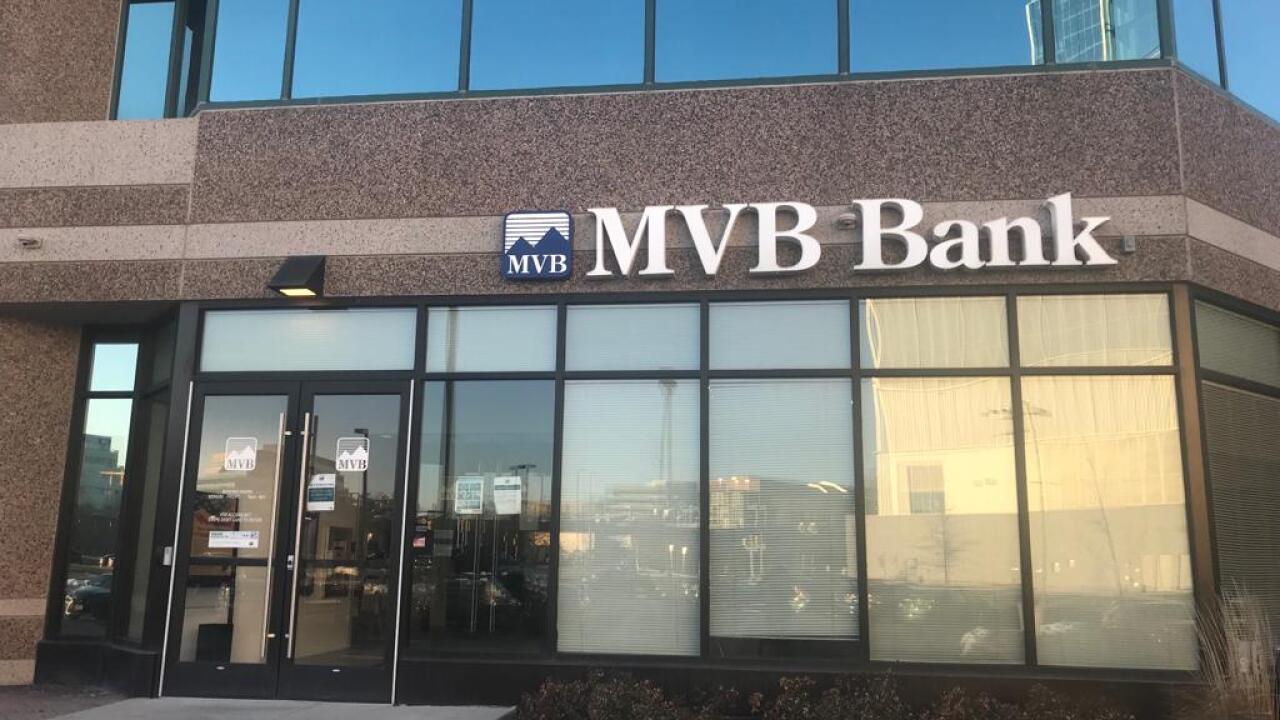IBM plans to use blockchain technology to power real-time execution for international transfers, joining the push to streamline a traditionally cumbersome payment type.
"The target is to go from days to seconds," said Jesse Lund, vice president of blockchain market development for IBM, which on Monday announced a collaboration with Auckland-based transfer company KlickEx Group and Silicon Valley nonprofit open source network Stellar.org. The organizations plan to offer an open blockchain network to support cross-border payments, as well as clearing and settlement of trades on a single network.
"There's a complex network of banks that allow payment instructions to be sent around the world, but the transactions have to be settled through conventional means," Lund said, likening the new initiative to a peer-to-peer network. Blockchain is the distributed ledger system originally designed to handle bitcoin payments.

IBM contends international payments can be costly, laborious and error-prone, particularly in developing markets. Transactions in different currencies often require intermediaries to handle foreign exchange and other processes, taking days or weeks to complete. IBM is pushing the blockchain as a financial inclusion tool and a way to take steps out of the traditional cross-border payments workflow by enabling myriad payment types to process instantaneously.
For years, correspondent banks handled most cross-border payments, which were usually larger volume transactions between corporations. Mobile commerce, remittances and P-to-P transfers are adding new audiences for cross-border payments — and with smaller, more frequent payments comes a need for faster and less expensive processing.
There are several efforts to target this problem.
"Distributed ledger technology can enable offerings very quickly, that’s one of its major benefits," said Rick Oglesby, president of AZ Payments Group. "At the same time, it can do much to enable adoption, which is the key barrier at this point. Few consumers want to transact in currencies that aren’t their home currencies or with currencies that fluctuate wildly in value."
Other players include
IBM does not see these companies as competitors, and it is not becoming a payments company, Lund said. IBM instead hopes to underpin a market in which the users can decide which types of cross-border payments to speed through the blockchain by supporting a broad range of payments types rather than specializing by region, industry or size of transaction.
"Western Union, for example, has a bunch of retail outlets," Lund said. "We'll never be in that space, but we can give more operational efficiencies in how it moves money."
Under the hood, the IBM blockchain platform — which runs on Hyperledger Fabric — will integrate with Stellar, which is built specifically to use and exchange digital assets. KlickEx is the "founding financial institution," servicing banks, retailers and consumers. Each payment is immutable once recorded, and settlement instructions come via a smart contracts on the HyperLedger Fabric. Stellar will provide the network at the onset for settlement, though banks will be able to choose settlement networks or exchanges of central bank digital assets.
At launch, the product is available in 12 currency corridors across the Pacific Islands and Australia, New Zealand and the United Kingdom.
Collaborators include National Australia Bank, TD Bank, Wizdraw (HK) of WorldCom Finance, which advise development with the intent to help expand its use in other regions. The payment system can support central bank-issued digital currencies, securities, bonds and structured financial assets, according to IBM.
IBM has already used its blockchain to support
It exists alongside other enterprise blockchains such as
"A lot of banks and technology players have been looking at how blockchain can help cross-border payments," said Zil Bareisis, a senior analyst at Celent.





